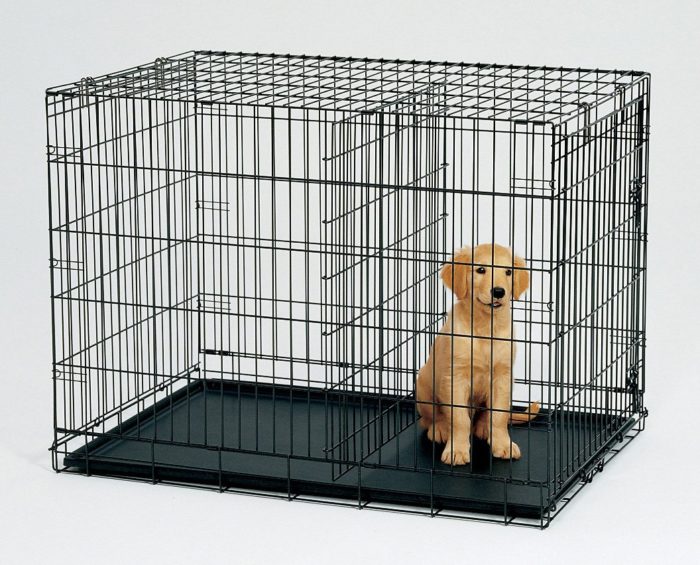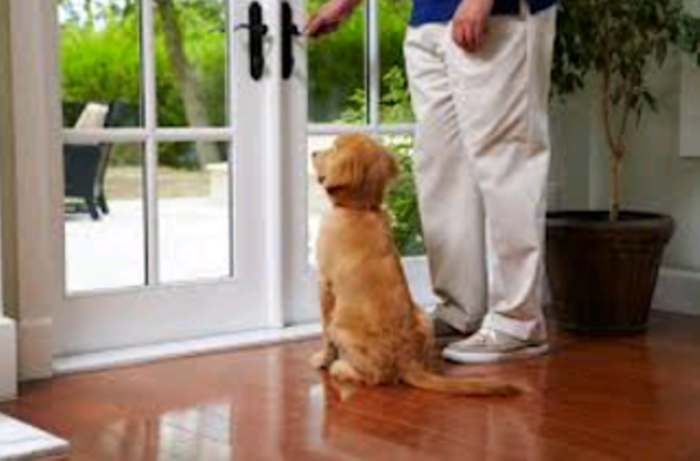When you adopt a puppy or a full-grown dog, there is the need to house train them. House training your new canine friend is a long process that calls for a lot of patience, consistency, and loads of commitment. You may likely encounter hitches along the way but that is all part of the process, just make corrections and get your pooch back on the right track. To know how to house train your dog properly, follow the steps listed below.
Table of Contents
Establish a dog-training routine and keep to it
Canines are creatures of routine and are likely to thrive on a regular schedule. Create a schedule for your pooch right from its puppy stage, establishing the times for eating, playing, training, and times to go do their business. As puppies grow, the extent to which they can control their bladder increases – for each month of age, they can hold their bladder for one hour. What this means in essence is that while a one-month-old puppy may only be able to hold its bladder for one hour, a two-month-old will be able to go for two hours and three months old for three hours. However, pet parents should try not to over-stretch it as accidents can occur. You can follow this simple routine;
Take your pup outside frequently
- Your puppy should be taken out every two hours or less
- Immediately after it wakes up
- During playtime and after it
- After eating and drinking
Select a bathroom spot outside
- Leash your puppy and take it to the chosen bathroom spot
- Chose a specific phrase or word to use whenever you want your puppy to go to the spot and do its business
- Use this word whenever you take it to the spot
- Outings for playtime or long walk can be scheduled after they have learned some commands; let it be like a rewards
Reward your canine friend every time it defecates outside
- Treats and praises should follow every successful defecation at the chosen spot and the treat should be given immediately on the spot not when they come back inside
- The reward will teach the puppy to do the same next time and expect the same reward
- Always allow the pup to finish emptying its bladder before the reward – a pup that is still in the process of defecation may likely forget to finish when it hears the praises or sees the treats and may end up going inside with a half-filled bladder
The feeding schedule of your puppy must be regulated
- Whatever a puppy takes in on a schedule may likely come out on a schedule. Divide your pooch’s food into two or three rations depending on their age and feed at a scheduled time.
- When you maintain the scheduled feeding time for a puppy, it is likely that their elimination will also occur at a consistent time too. This makes house training a whole lot easier both for dog and owner.
Another way of house-training a puppy is to pick up its water dish a few hours before bedtime (about 21/2 hours); this reduces the likelihood that the pup may need to eliminate during the night.
Most puppies are likely to sleep for roughly seven hours without needing to use the bathroom. However, if your puppy wakes you in the night, never make a fuss; otherwise, it will think it’s playtime and you may have a hard time getting back to sleep.
If possible don’t turn on many lights, don’t play or talk with your pup. Take it out to the eliminating spot and then return it quietly to bed.
Supervise your puppy
Establishing a routine is one way of house training a puppy, but then, that is not enough as pet parents still need to keep an eye on their canine friend. Whenever your dog is indoors, never give it an opportunity to empty in the house by keeping a close watch.
When it is not the dog’s play or training time, tether it nearby with a six-foot leash and keep an eye out for obvious signs like barking, scratching at the entrance door, restlessness, squatting, circling, or sniffing around.
Take the puppy out to the bathroom spot immediately you observe any of these signs and if it eliminates waste, reward it with praises and treats.
Even when in the yard, a puppy should be leashed while on house training, the yard and the rooms should be treated in the same way. A puppy can only enjoy freedom in both the rooms and the yard after it is completely house-trained.
When supervision is not possible, confine

Whenever it proves impossible for you to keep a regular eye on your puppy during the house-training procedure, be sure to confine it to an area so small that it would be discouraged to defecate there.
However, the confinement space should be big enough for the puppy to do some bodily movements like stand, turn around, or lie down. A portion of the laundry room may suffice for this or even a part of the bathroom but you must use baby gates in blocking it off.
The alternative option is to crate train the puppy; there are several humane ways of using a crate to house train puppies. Be sure to familiarize yourself with the steps before proceeding. After it has spent several hours in the crate, release the puppy and take it to the bathroom spot to eliminate.
Read Also: Caring For Senior Dogs: 10 Things You Need To Know
Make plans for when you’re away
It may not be a good idea for those who spend up to four to five hours outside the home on a daily basis to adopt a puppy. An older and already house-trained puppy that can wait for the owner’s return will be a better choice. For those that have a puppy but must stay long hours outside, they can try these;
- Make arrangements for a professional pet sitter or a neighbor to come in to take the puppy for its bathroom breaks
- Alternatively, mark out a specific place indoors and train the puppy to eliminate there. However, this is likely to prolong your house training process. Once your puppy develops a preference to eliminate waste at a particular spot whether inside or outside, it will be difficult to stop it or train it to change course. If it has been eliminating waste on a pile of newspapers indoors, it may likely continue even into adulthood
- If your plan is to paper-train your puppy, then its confinement area should be big enough to contain a sleeping area, a playing space, including an eliminating space. The designated eliminating area can be laid with pet pee pads, a sod box, or newspapers (the spot can be covered with several layers of newspaper). A sod box can be made by placing sod in a container like a small, plastic swimming pool for children. You can also check the pet stores for dog-litter products
